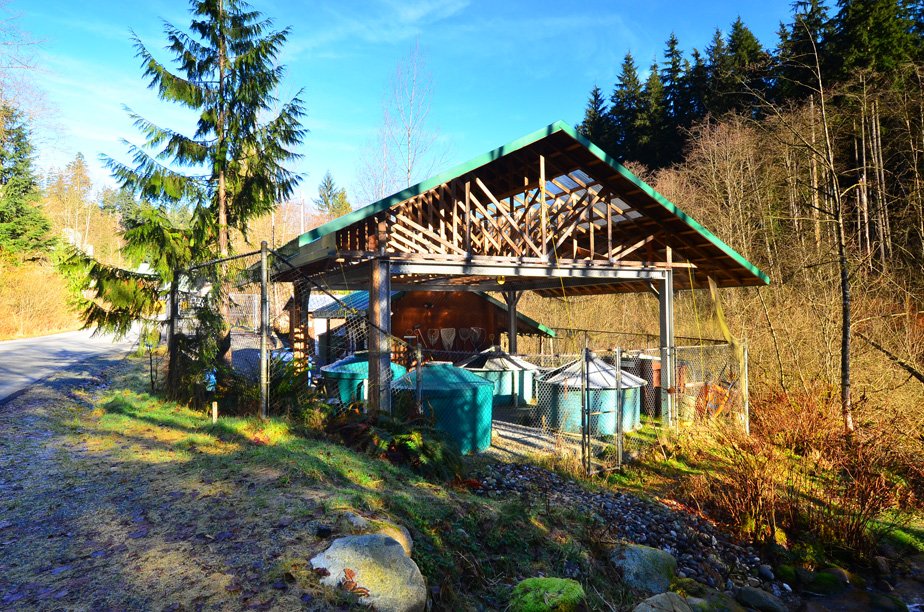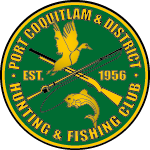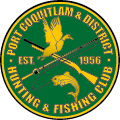A photo story by Norm Fletcher and Marek Syrzycki
Depleted Coquitlam River salmon stocks that survived after 1910, when a dam blocked access to a large portion of the watershed and destroyed the sockeye run, were severely damaged by flood control gravel removal and grading work in the riverbed for some 20 years after 1955. PCDHFC volunteers organized to restore these stocks; secured support from City of Coquitlam, Fisheries and Oceans Canada (DFO), BC Hydro, Metro Vancouver, Pacific Salmon Foundation (PSF) and North Fraser Salmon Assistance Project and started funding and operating the hatchery in 1980. It was the first and it is still the largest hatchery in the watershed. Our operation has grown and improved with continuing assistance from our initial partners and others and their ongoing support is much appreciated.
The hatchery was named after Al Grist, PCDHFC Past President, who initiated and led the project until his passing in 2002. In 2015, PCDHFC changed the name to Grist Goeson Memorial Hatchery to recognize the services of Wayne Goeson. Wayne was a Past President of PCDHFC who was active in conservation work in the Lower Mainland Region. He served the hatchery through all stages from initial construction and startup in1980 to regular operating duties until he passed away in June, 2014.
The 3.5 million young salmon produced and released from our hatchery to date have been instrumental in the survival and growth of Coquitlam River salmon returns. While our volunteers have worked with every species of Pacific Salmon (except Sockeye) only Chinook and Coho are raised at present. Each year 75,000 to 100,000 Coho eggs are taken from Coquitlam River broodstock , and 25,000 to 50,000 eyed Chinook eggs are received from DFO’s hatchery at Chilliwack. About 23,000 young Coho are retained for adipose fin clipping and rearing for a year, for release as smolts, to support ocean and Coquitlam sport fisheries. Recent run sizes have been 3,000 to 4,000 Chinook, 15,000 to 40,000 Chum, 3,000 to 4,000 Coho, 8,000 to 12,000 Pink, 100 to 200 Steelhead and 2 to 6 Sockeye salmon. Time periods for these runs are July to September for Pinks and Sockeye, September and October for Chinook and Chums, November to December for Coho and December to February for Steelhead. Between 7 and 10 percent of the returning Coho are marked. All of the Chinook, most of returning Coho and many of the Chum have hatchery raised ancestors in their family trees.
This photo story highlights the extensive work efforts required, in the river and at the hatchery, to preserve Coquitlam River Chinook and Coho stocks for future generations. Hatchery duties are performed every day of the year by our core group of about 20 volunteers. DFO provides physical, technical and financial assistance for our work. The hatchery could not function without this excellent support. A big thank you goes to everyone who helps with our day to day operations.
Please click on the photo below and scroll through to learn about Coquitlam River Chinook and Coho salmon and experience the highlights of a year of activities at our hatchery.


